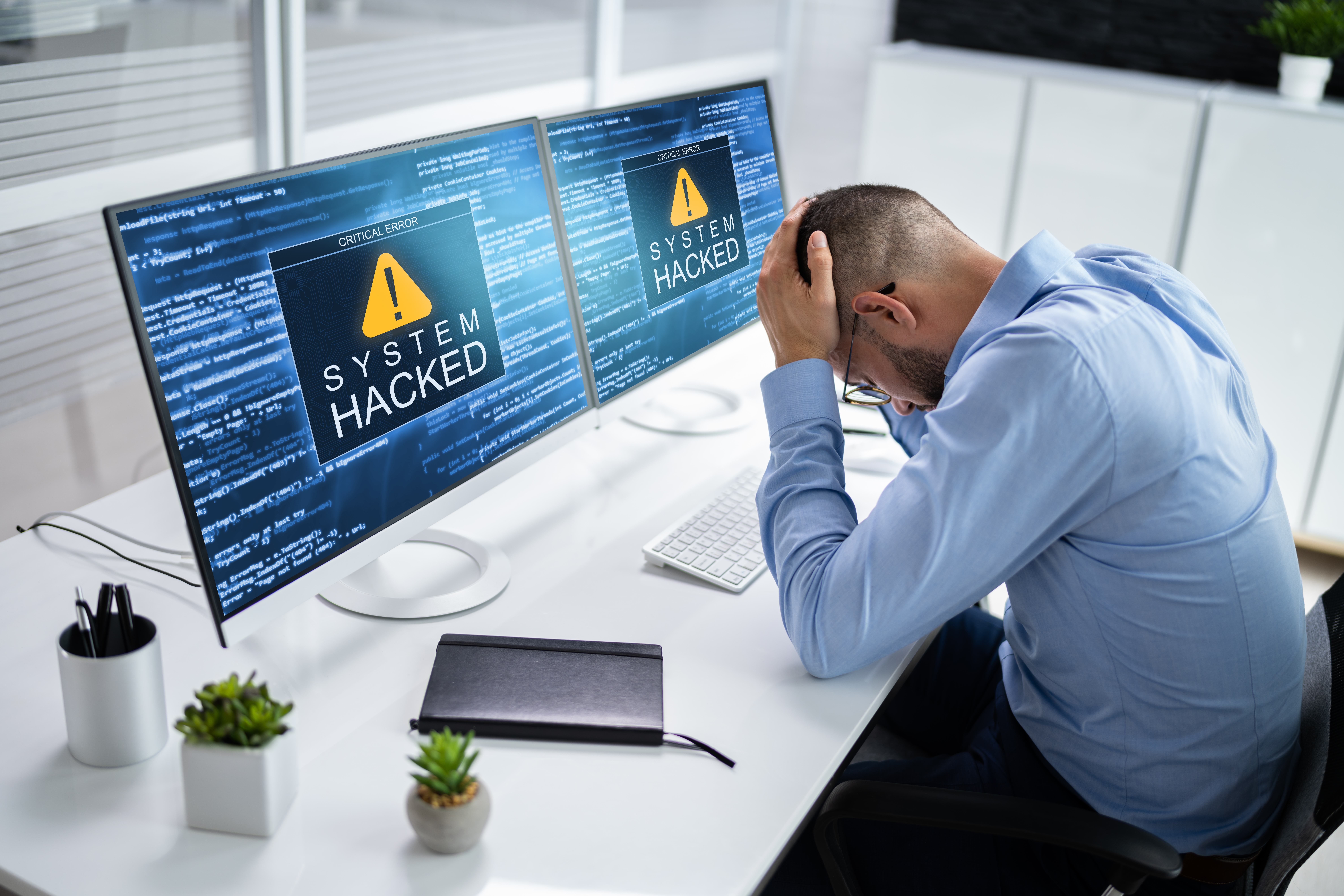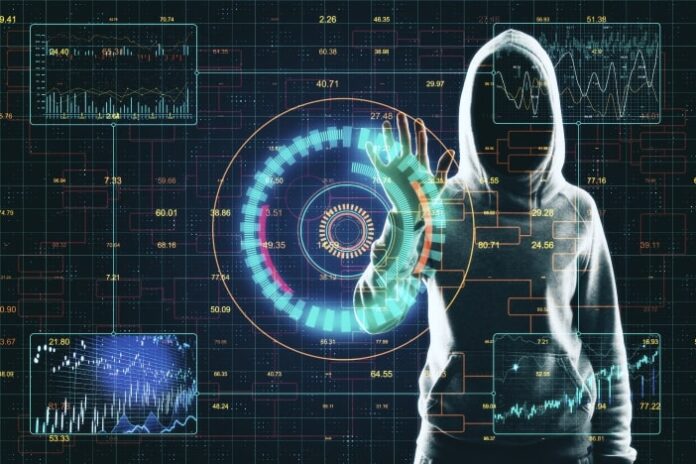As technology advances, we become more impressed and aware of its dangers. Nowadays, not only our personal relationships, work hours, but also our business dealings revolve around technological tools – relying on them for success. This makes way for cunning hackers to steal sensitive information or plant ransomware without organizations even knowing it’s happening.
The Ponemon Institute Cost of Data Breach study shows that cyber attacks are unfortunately becoming more common. The frequency of attacks has increased by 27% in the past four years. This number is expected to grow as technology becomes more sophisticated and hackers become more skilled.
Definition of cybercrime
According to the FBI, Cybercrime is a crime that uses a computer. People use computers to commit fraud, child pornography, and intellectual property theft. They also use them to steal identities and violate privacy.
Categories of cybercrime
There are three main categories of cybercrime:
- Crimes against individuals include identity theft, online predators, and cyberbullying.
- Crimes against businesses include phishing scams, malware attacks, and denial of service attacks.
- Crimes against governments: Including hacking government systems and stealing government data.
Types of cybercrimes
There are many different of cybercrimes, but some of the most common include:
- Phishing attacks: Phishing emails and texts are sent by hackers who make them look like they’re coming from a trustworthy source, a bank or credit card company. The purpose of these scams is to convince the receiver to give away personal information, such as passwords or Social Security numbers.
- Web attacks: Another type of cybercrime in which hackers target websites. The goal of these attacks is to either steal information from the website or to take the website offline.
- Cyberbullying: Cyberbullying is online harassment that can include sending mean messages or emails, spreading rumors about someone, or posting embarrassing photos or videos without their permission.
- Malware attacks: Malware is software created to damage or corrupt computers. Hackers may use malware to obtain data, delete files, and take control of a computer user’s system.
- Denial of service attacks: A denial of service attack is when a hacker floods a website with so much traffic that it crashes. This can be done using botnets, networks of infected computers that hackers can control.
- Identity theft: Identity theft is when a hacker steals someone’s personal information, such as their Social Security number or credit card number, to impersonate them. This can open new accounts, make purchases, or take out loans in the victim’s name.
- Hacking government systems: Hacking government systems is a type of cybercrime in which hackers target government websites or databases. The goal of these attacks is usually to steal sensitive government data or to disrupt government operations.
- Trojan Horses: A Trojan horse is a type of malware disguised as a legitimate program. When the victim downloads or installs the program, the malware is installed on their computer without their knowledge.
- SQL Injections: SQL injections are a type of cyberattack in which hackers insert malicious code into a website’s database. This can be used to steal data or take the website offline.
The impact of cybercrime on businesses
Reputational Damage
One of the most common impacts of cybercrime on businesses is reputational damage. This occurs when a business’s name or image is damaged due to cybercrime. For example, if a business’s website is hacked and sensitive customer data is leaked, this can damage the business’s reputation.
Losing money
Another impact of cybercrime on businesses is losing money. This can happen in several ways, such as if a company has to pay for data recovery after a malware attack or if it loses customers due to reputational damage.
Stolen Intellectual Property
Small businesses are often the target of cybercriminals. These criminals use sophisticated attacks to exploit vulnerabilities in these businesses. They often target businesses that do not have the resources to protect themselves. This makes small businesses an easy target for cybercriminals.
Business Interruption
Cybercrime can also cause operational disruptions for businesses. For example, if a denial of service attack takes a business’s website offline, this can prevent customers from being able to access the site. This can lead to lost sales and revenue for the business.
The impact of cybercrime on individuals
Loss of money
One of the most common impacts of cybercrime on individuals is the loss of money. This can happen if a person’s bank account is hacked and money is stolen or if they are tricked into paying for a fake product or service.
Identity theft
Another common impact of cybercrime on individuals is identity theft. This occurs when a hacker steals someone’s personal information, such as their Social Security number or credit card number, to impersonate them. This can open new accounts, make purchases, or take out loans in the victim’s name.
Loss of data
Data is increasingly becoming more important as the world progresses technologically. We use data for a variety of activities, from shopping to banking. However, malicious computer hackers can access our personal information and encrypt it, making it inaccessible.
The impact of cybercrime on the future
As we become more reliant on technology, the impact of cybercrime will only continue to grow. Businesses, governments, and individuals all risk being targeted by hackers. The stakes are high, and the consequences can be severe. Cybercrime can lead to the loss of money, data, and even lives. As we enter the digital age, we must be aware of cybercrime’s dangers and take steps to protect ourselves.




